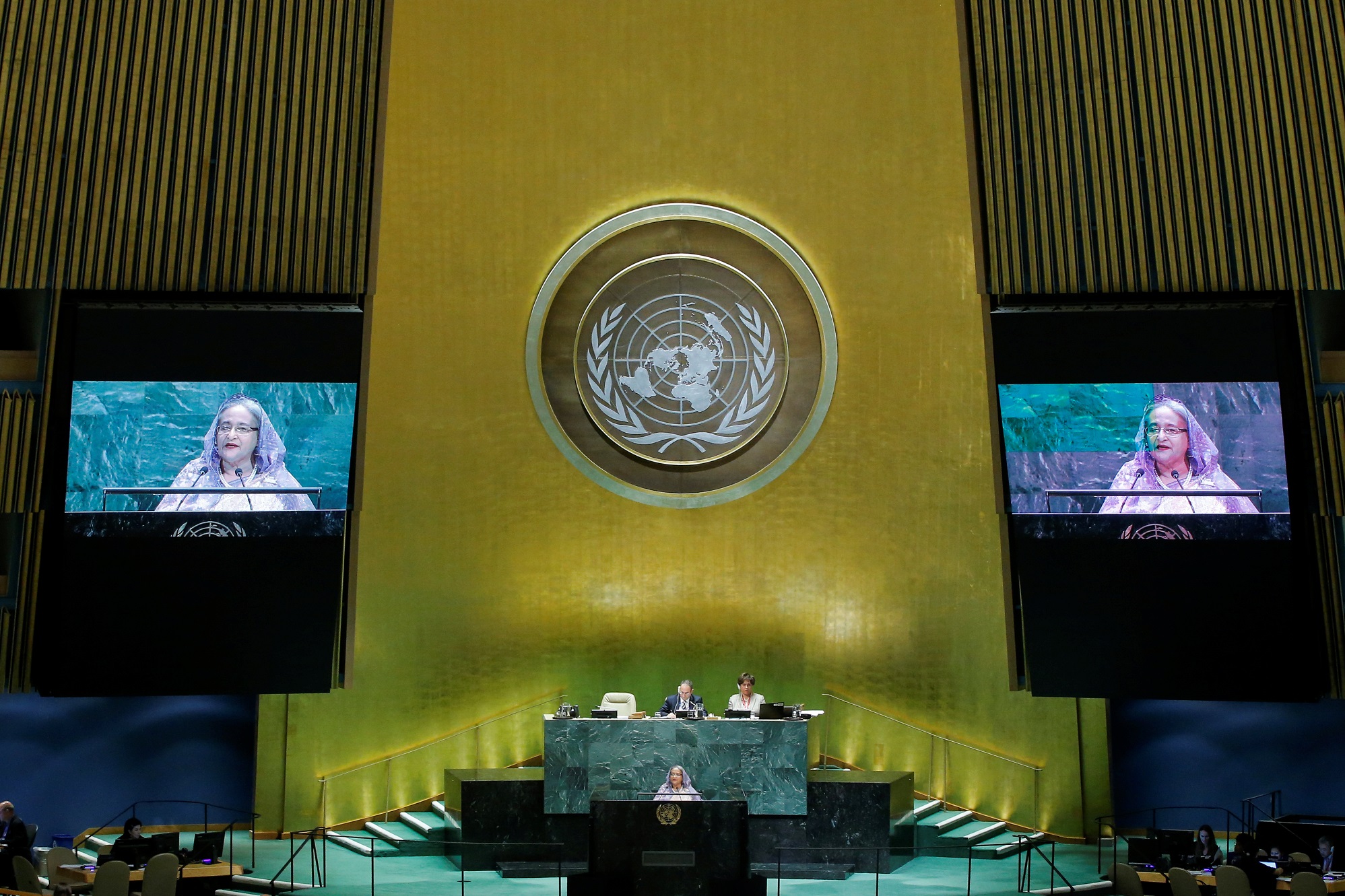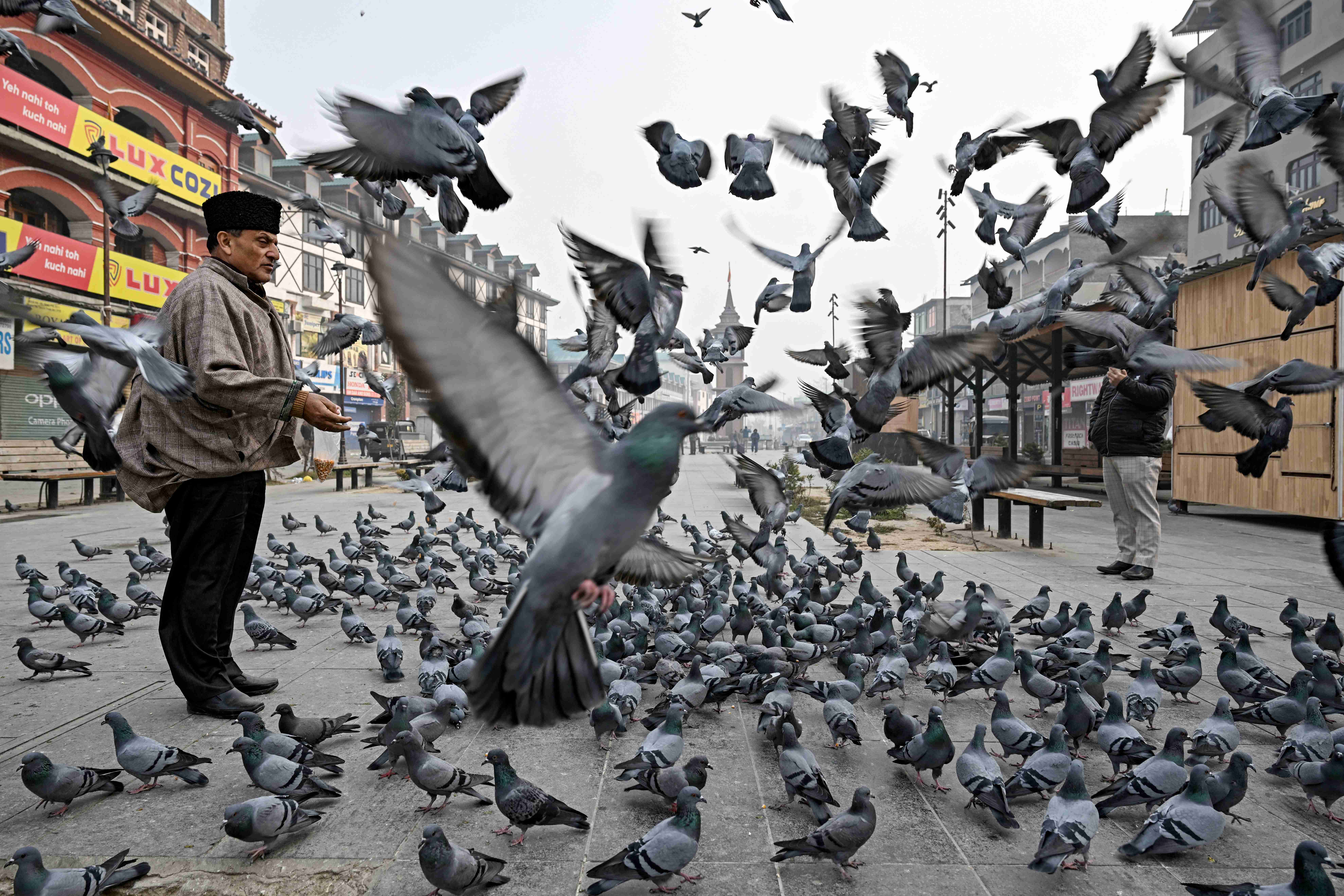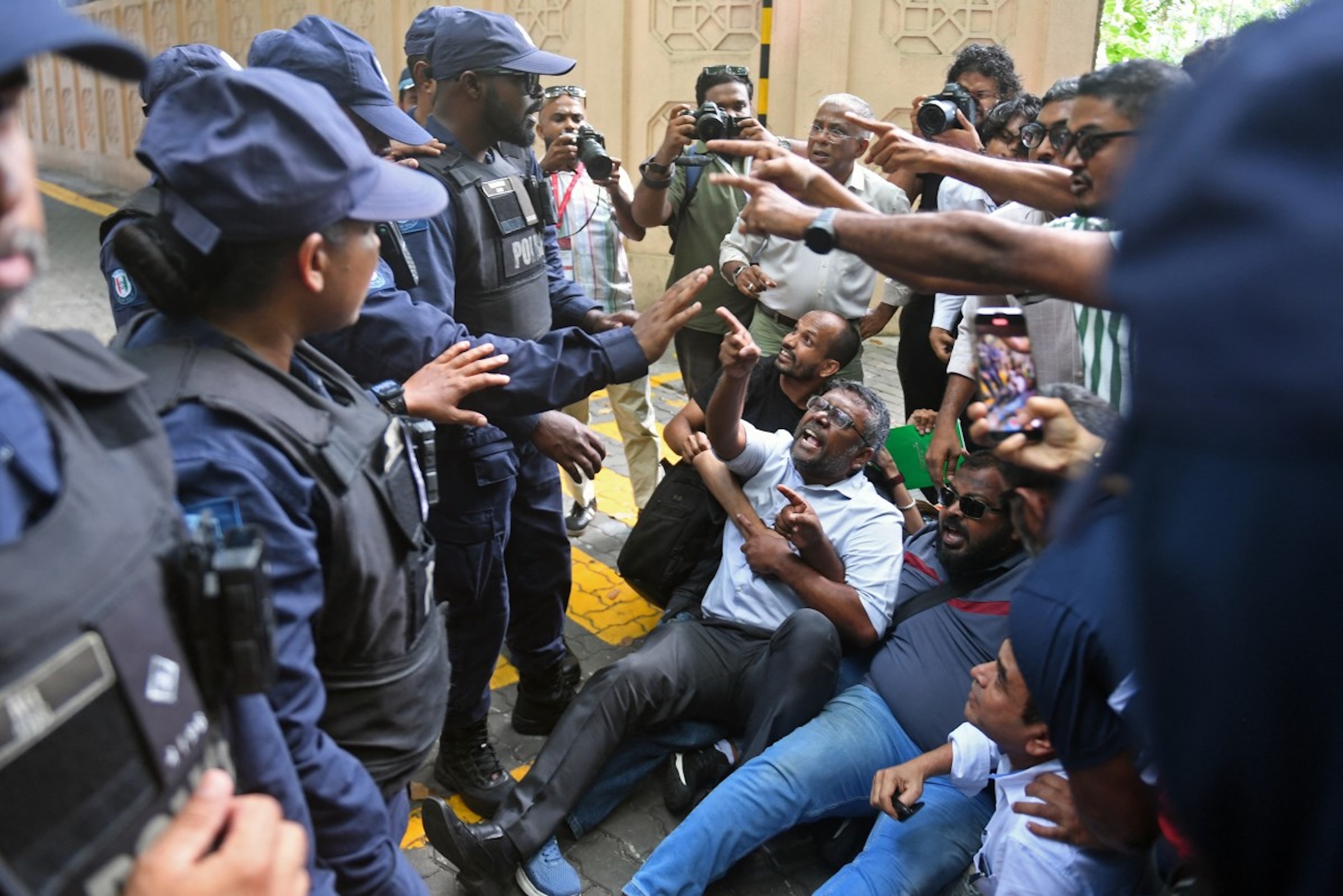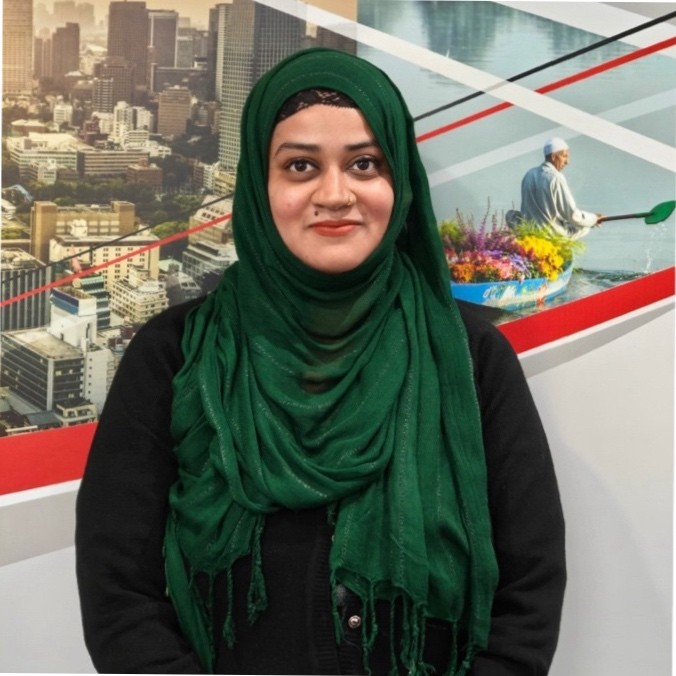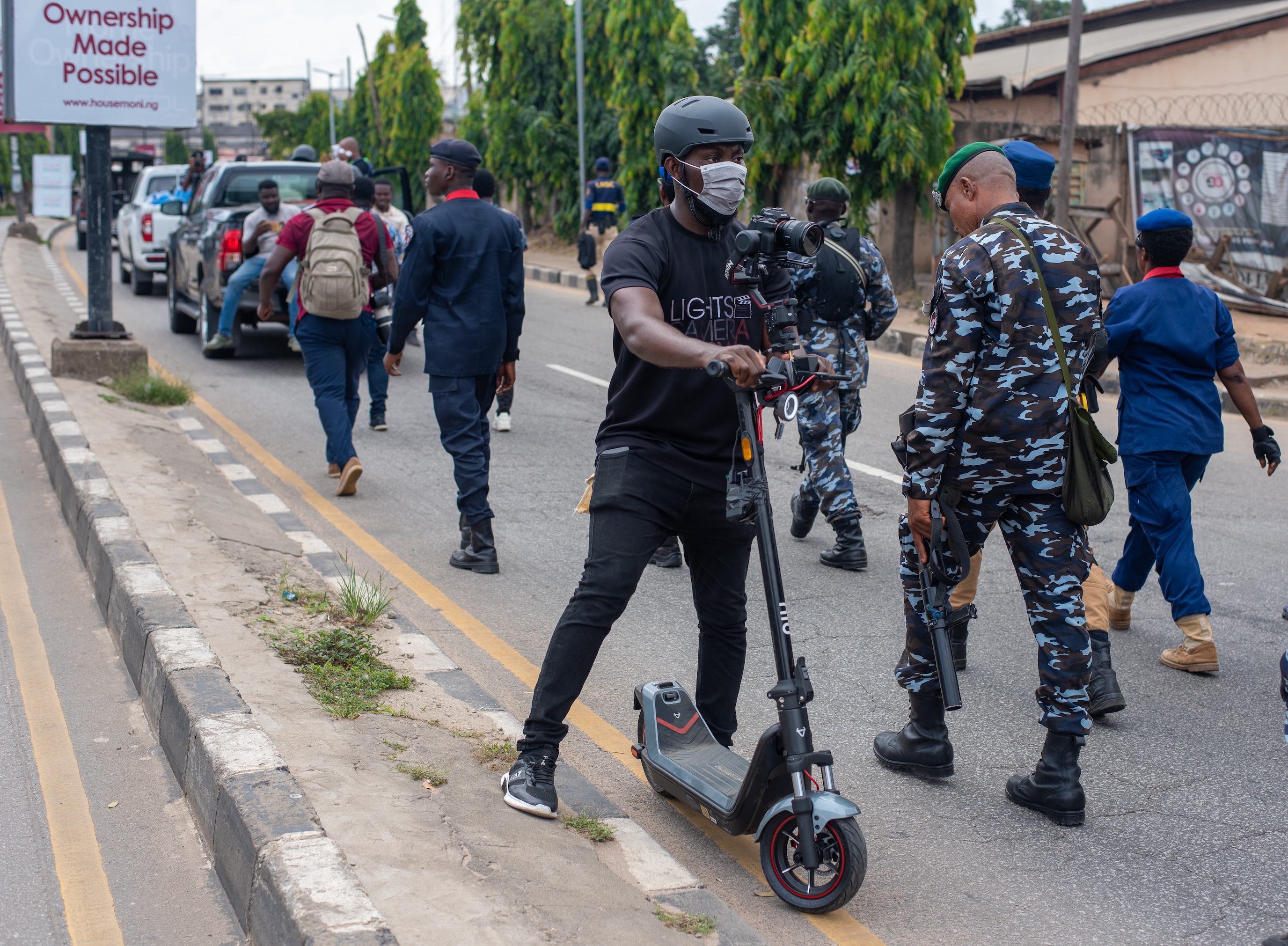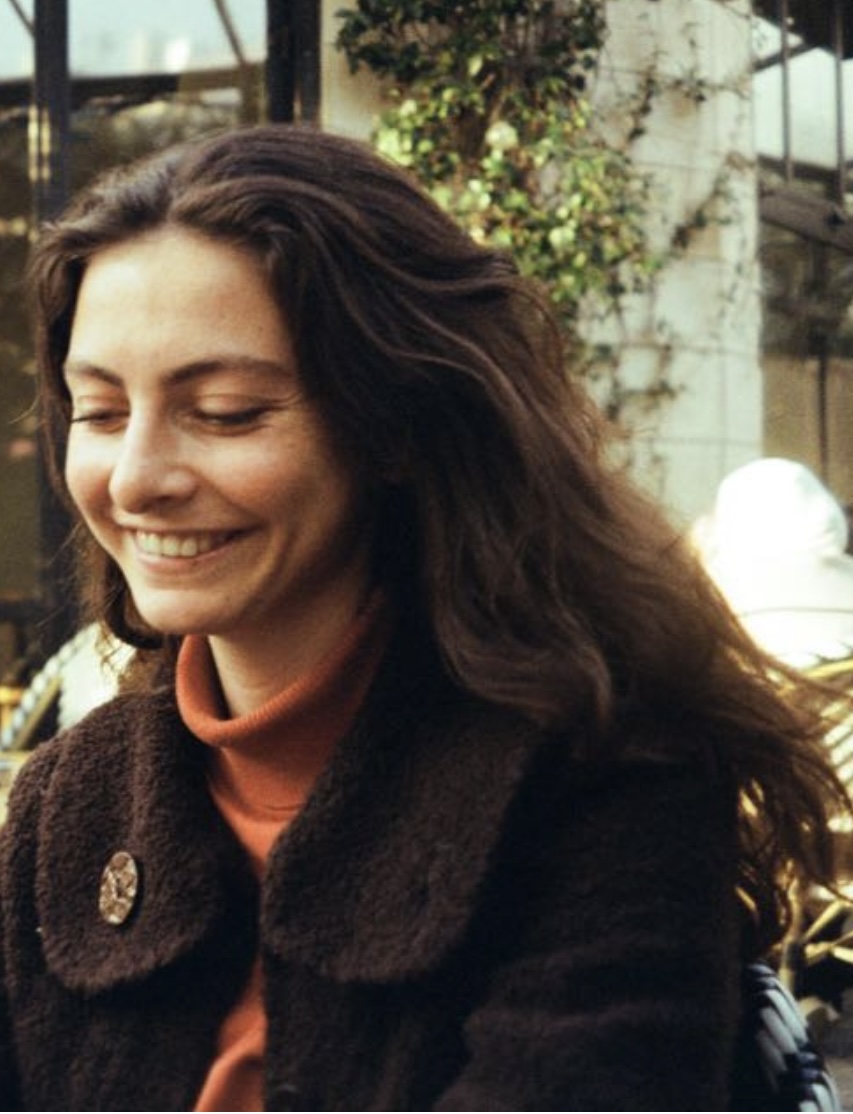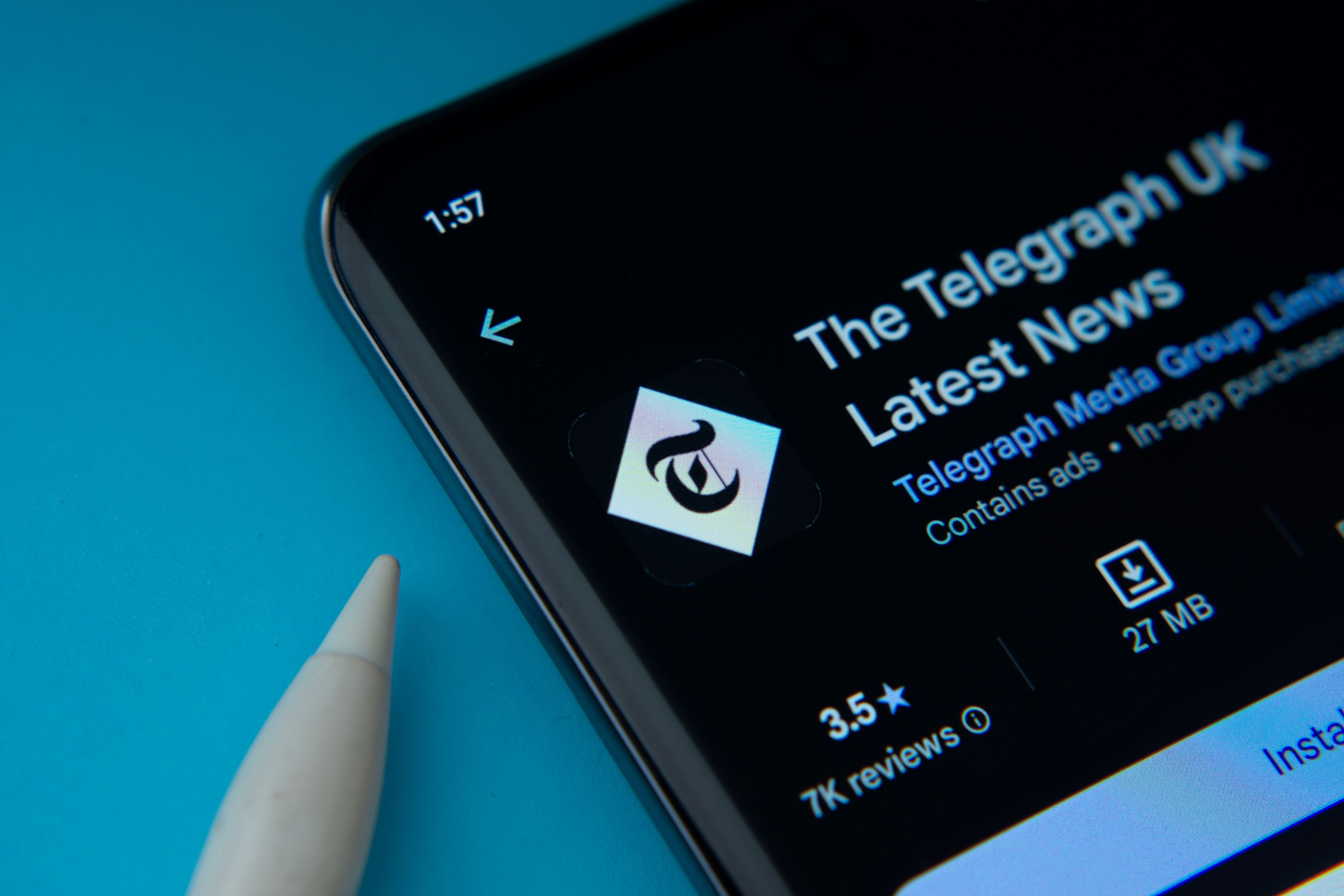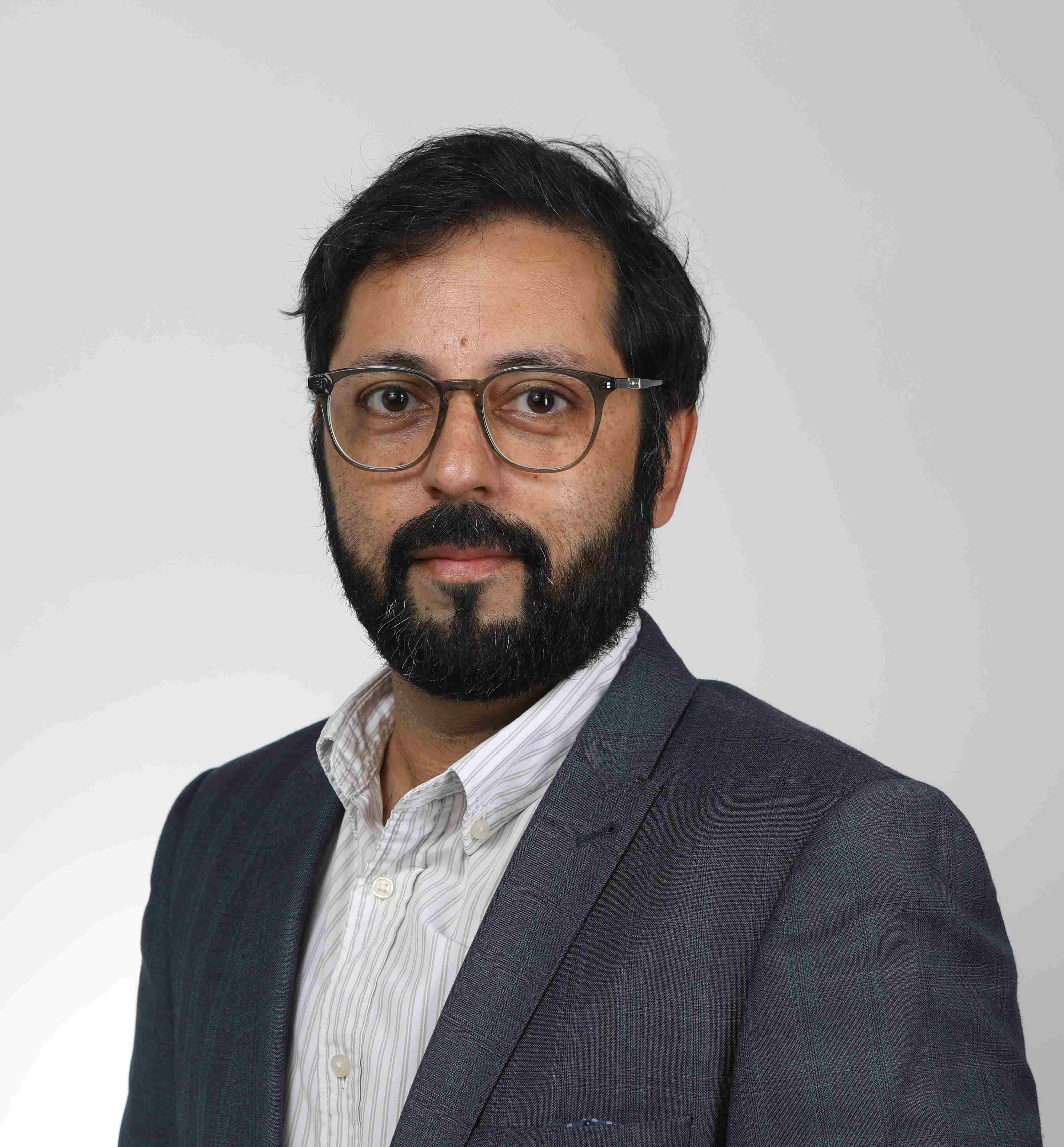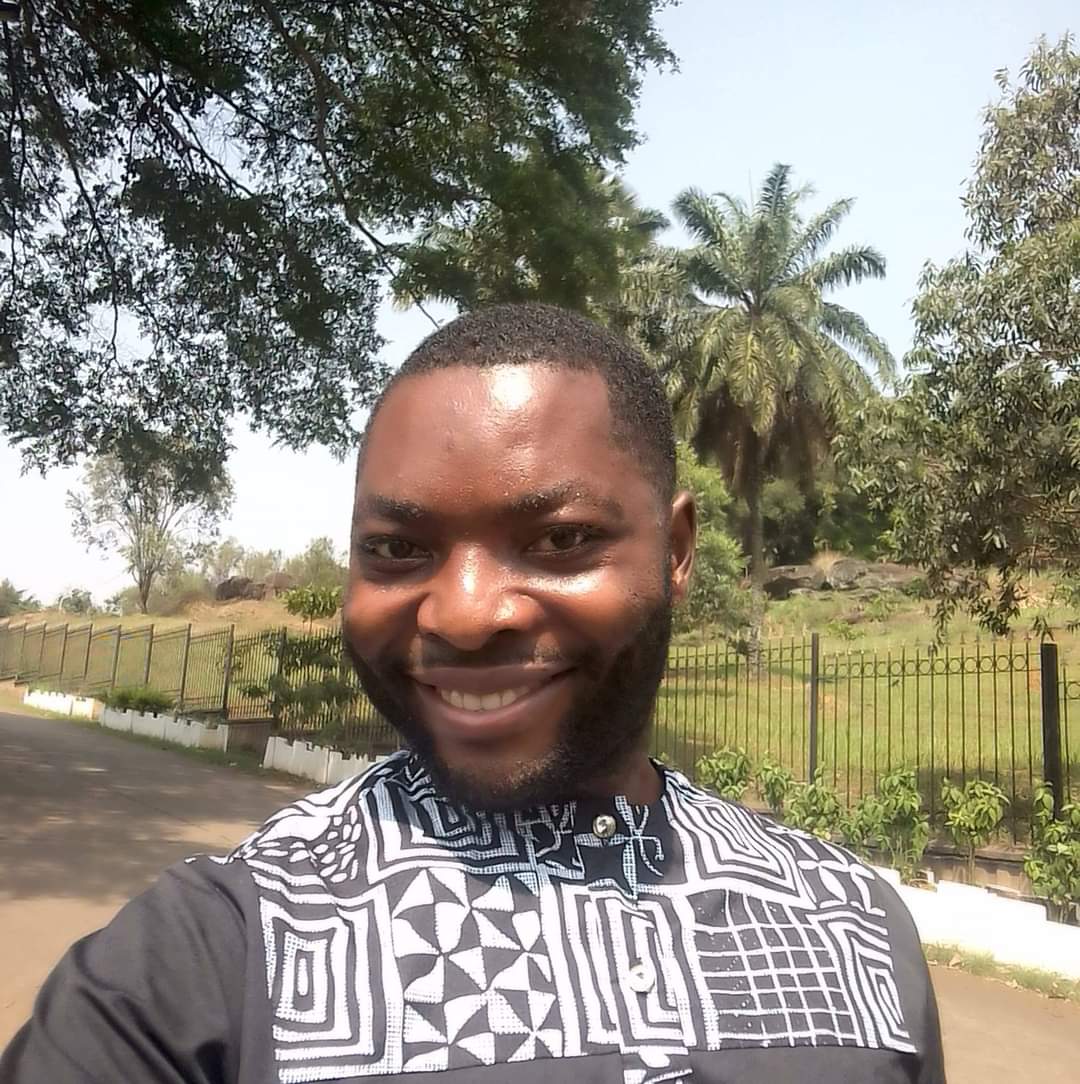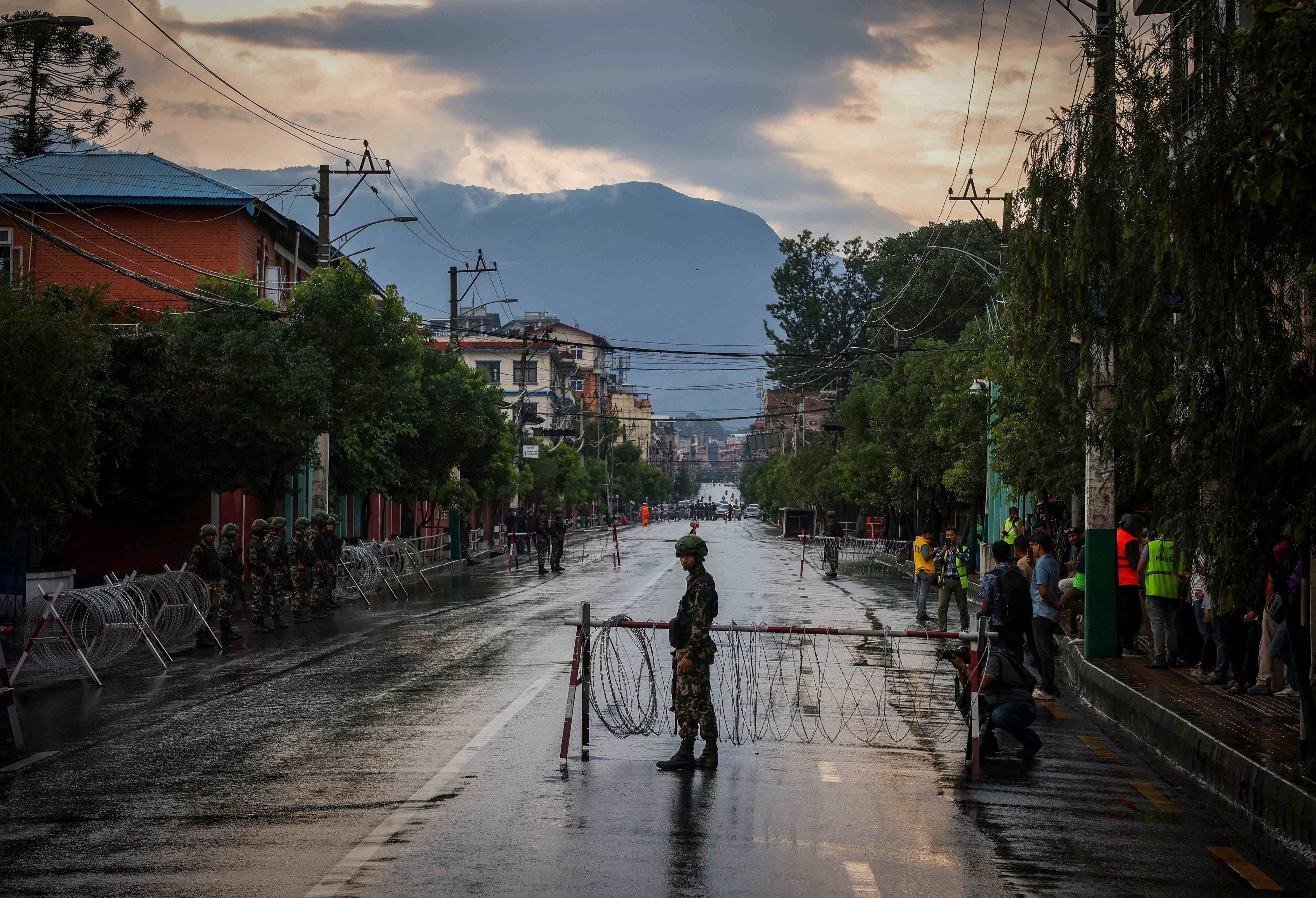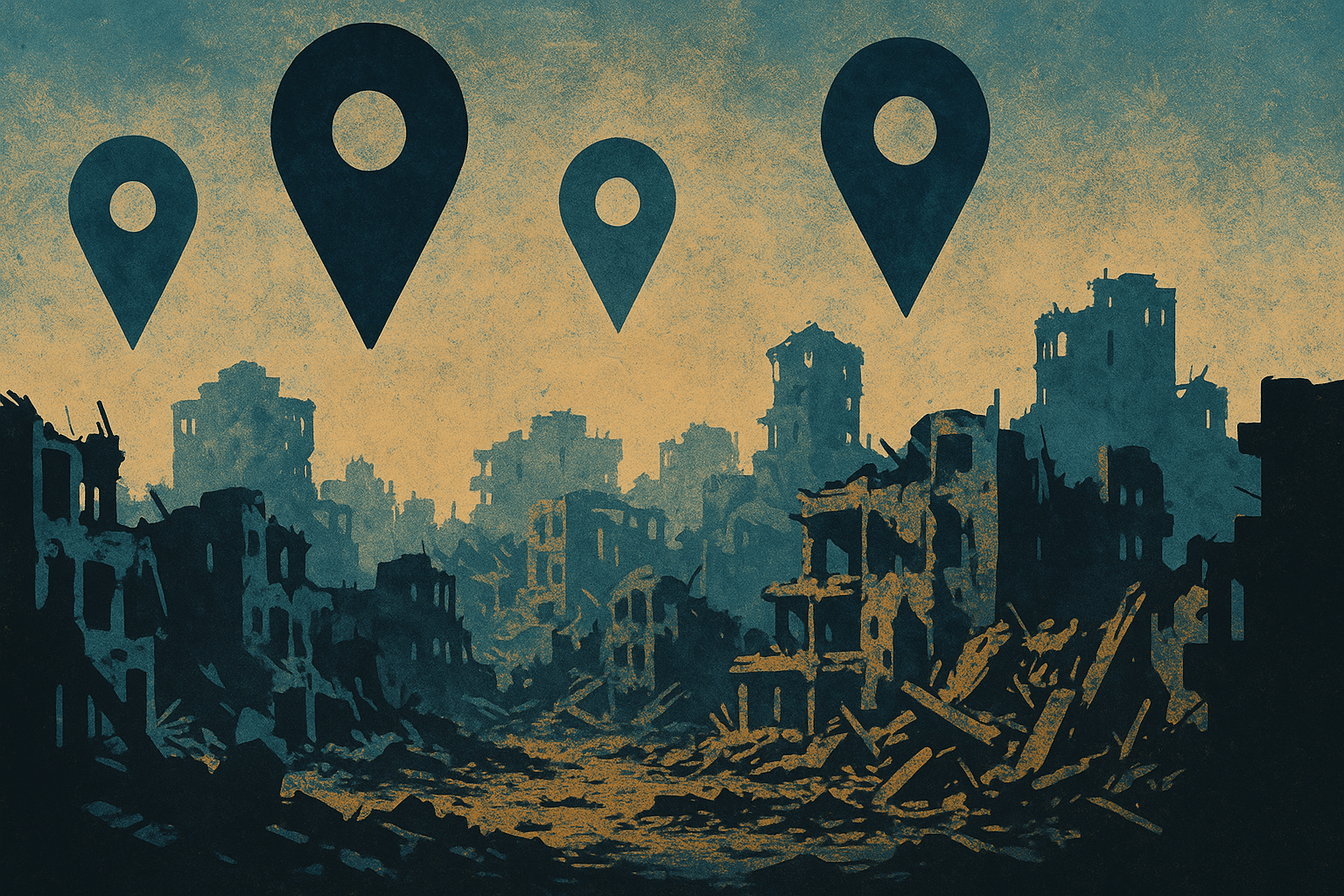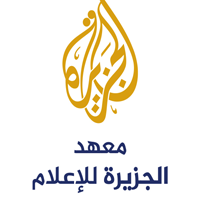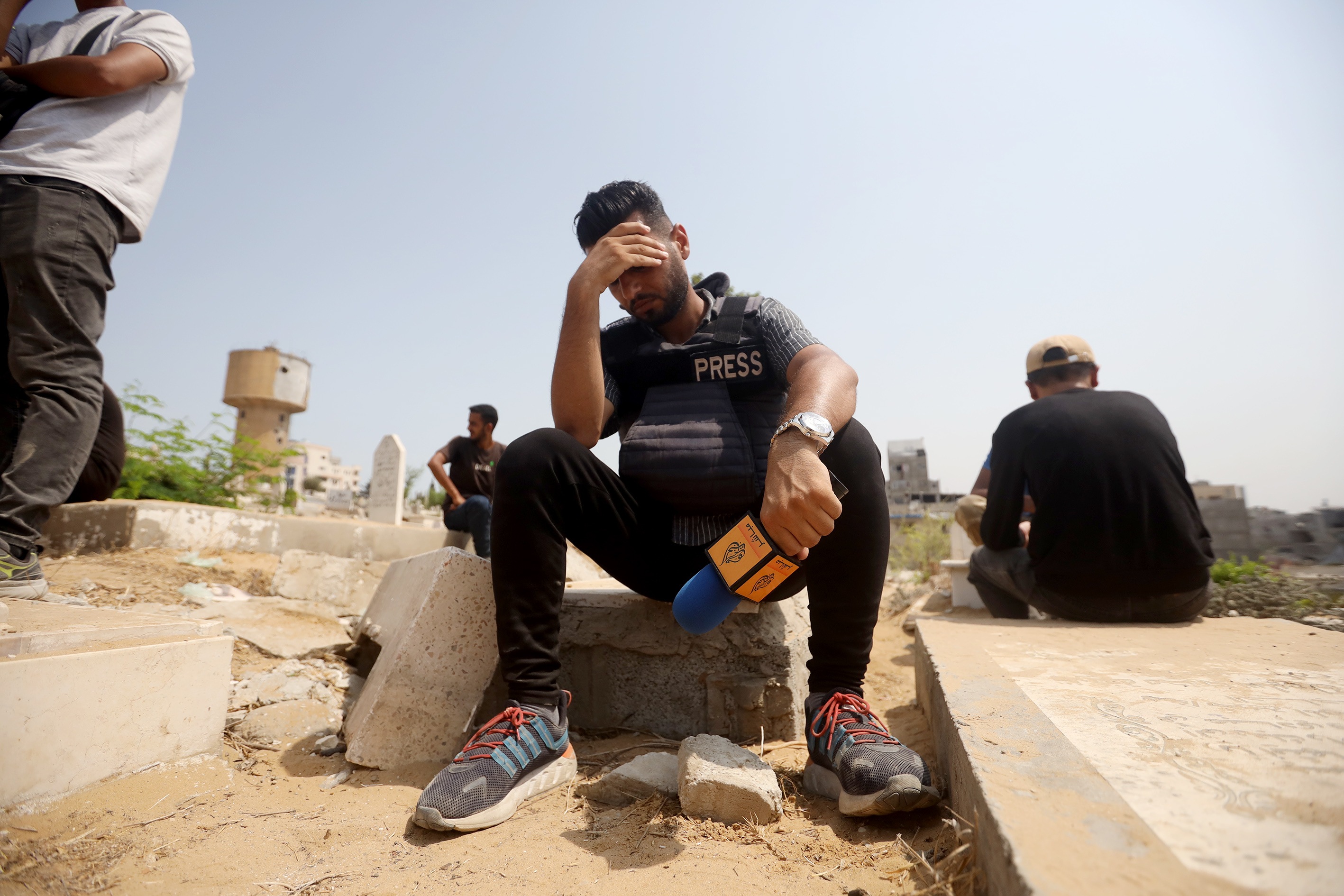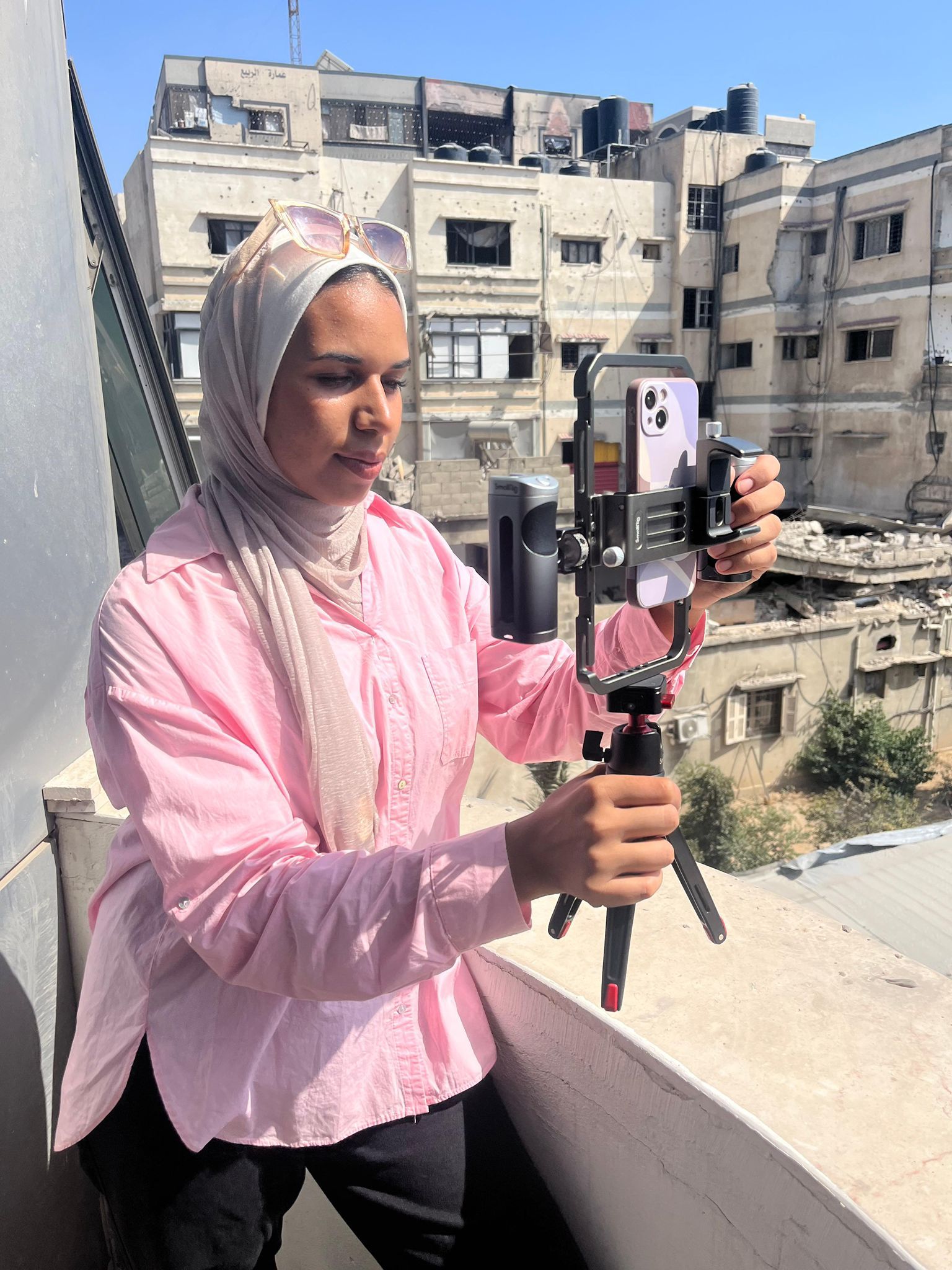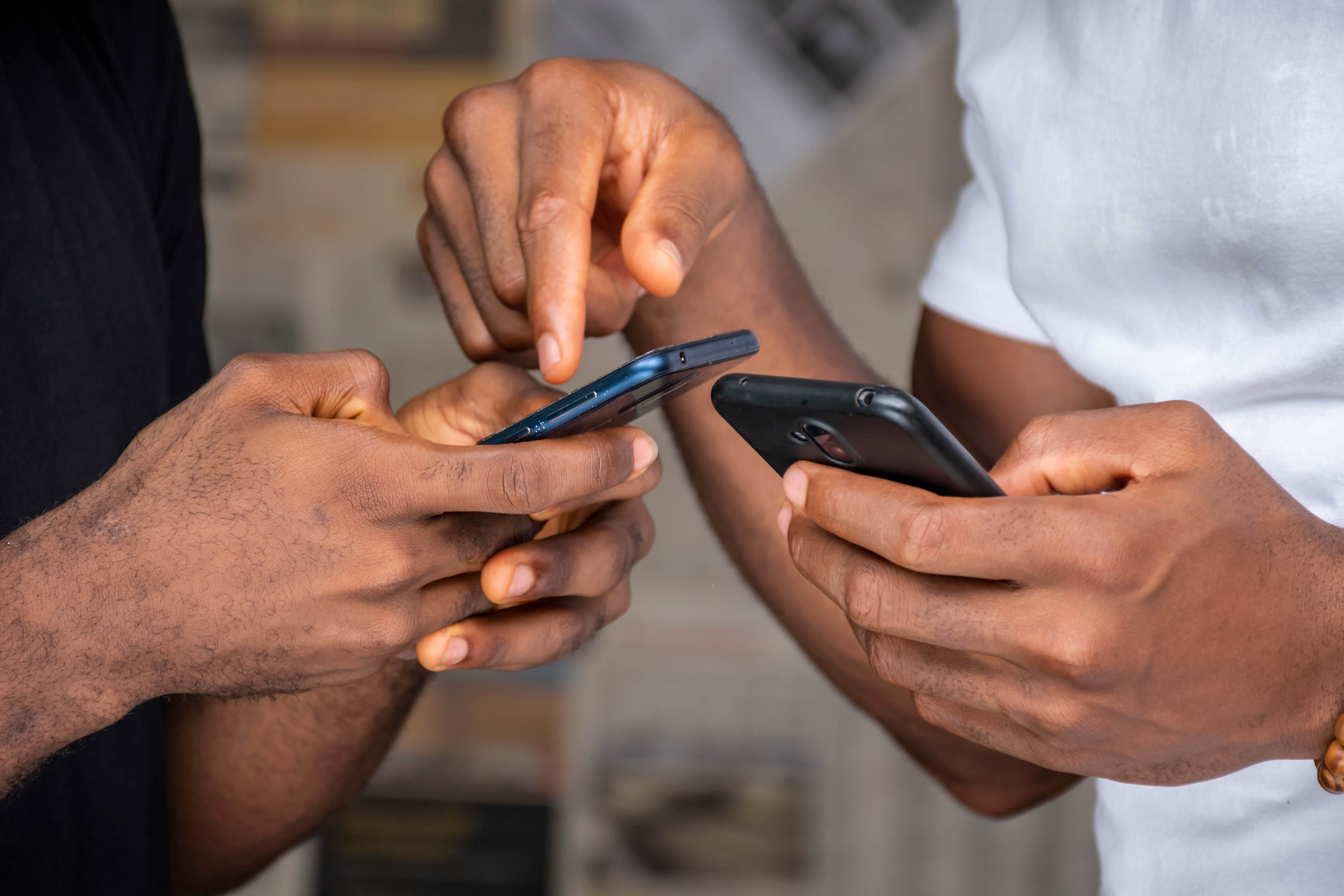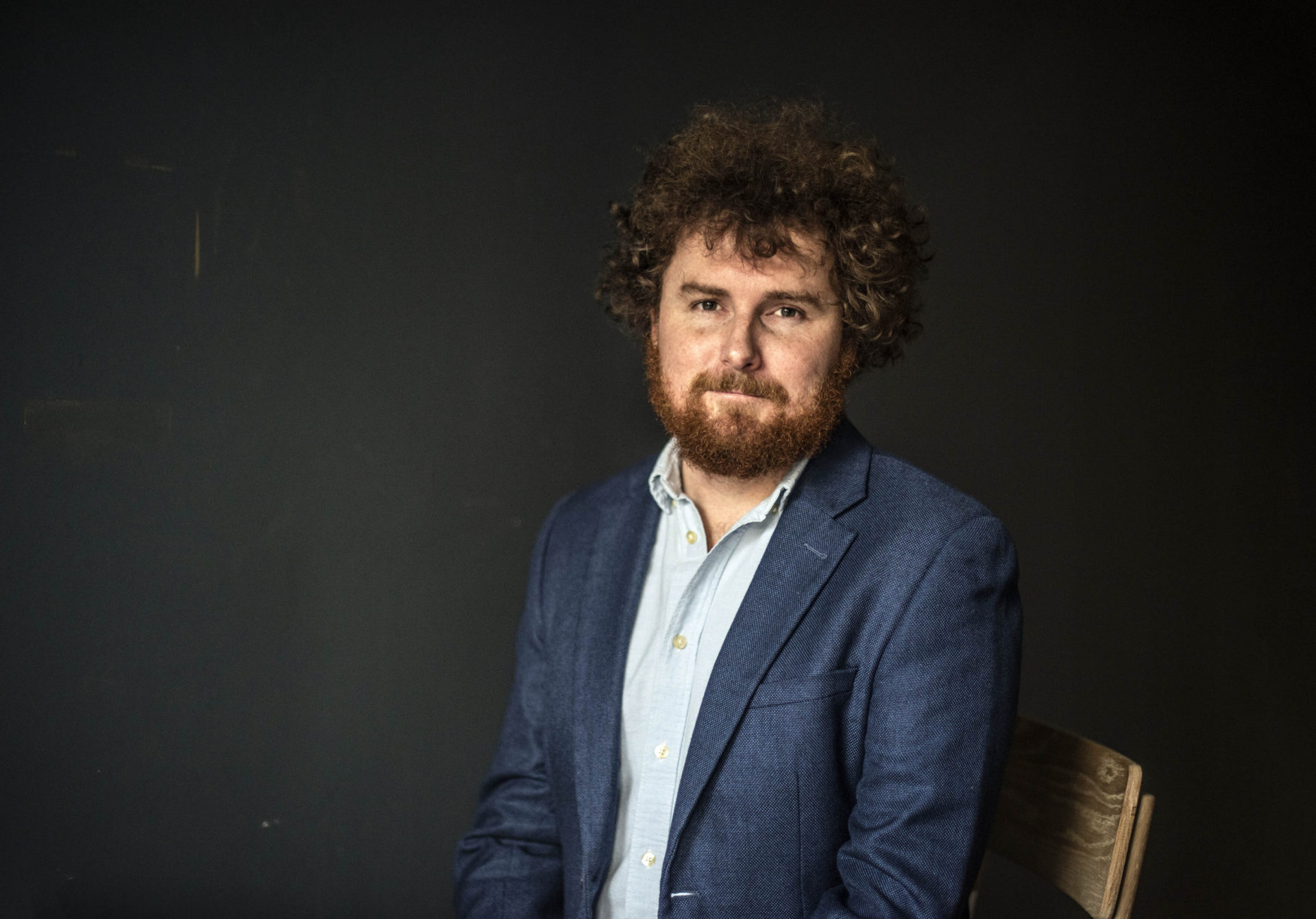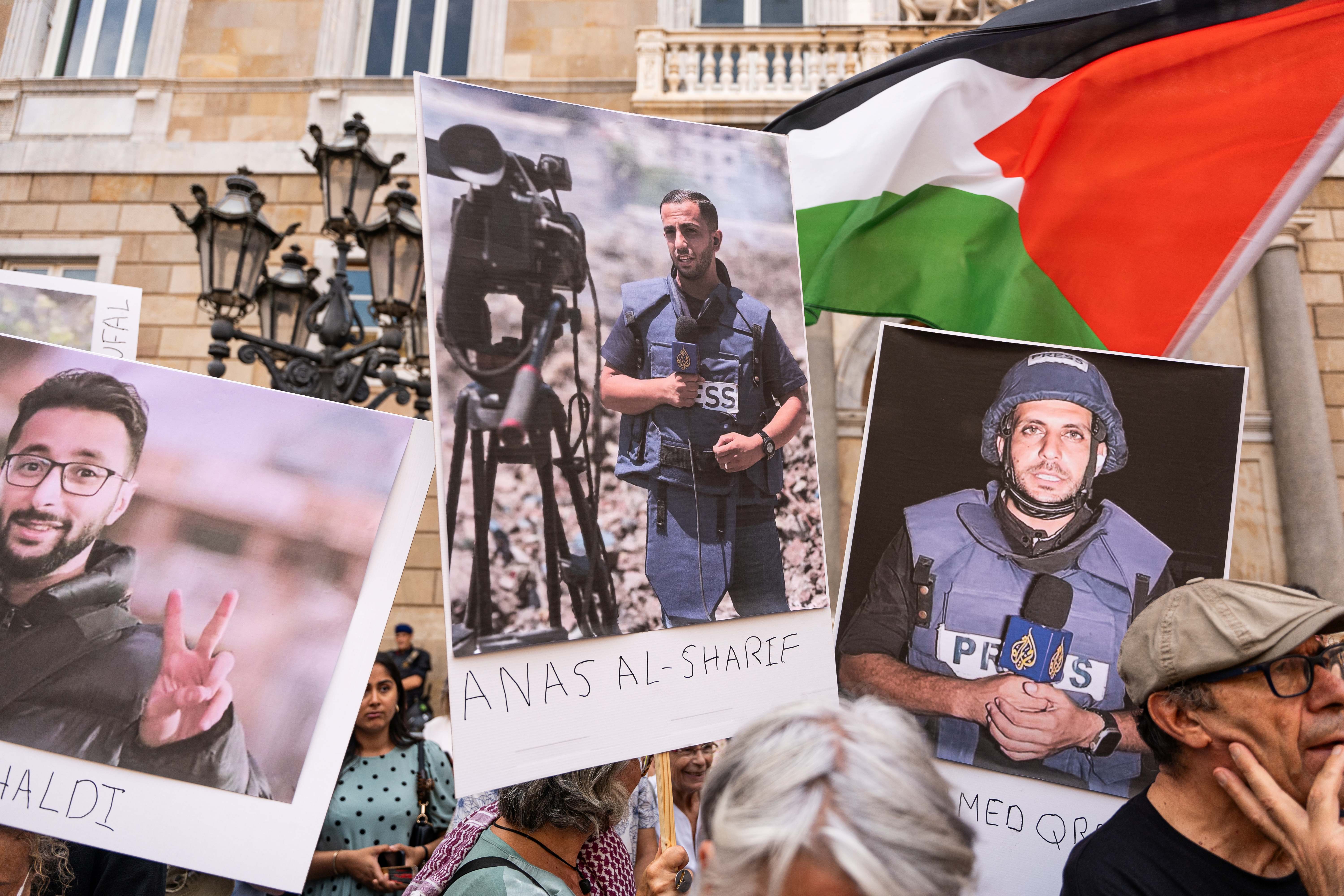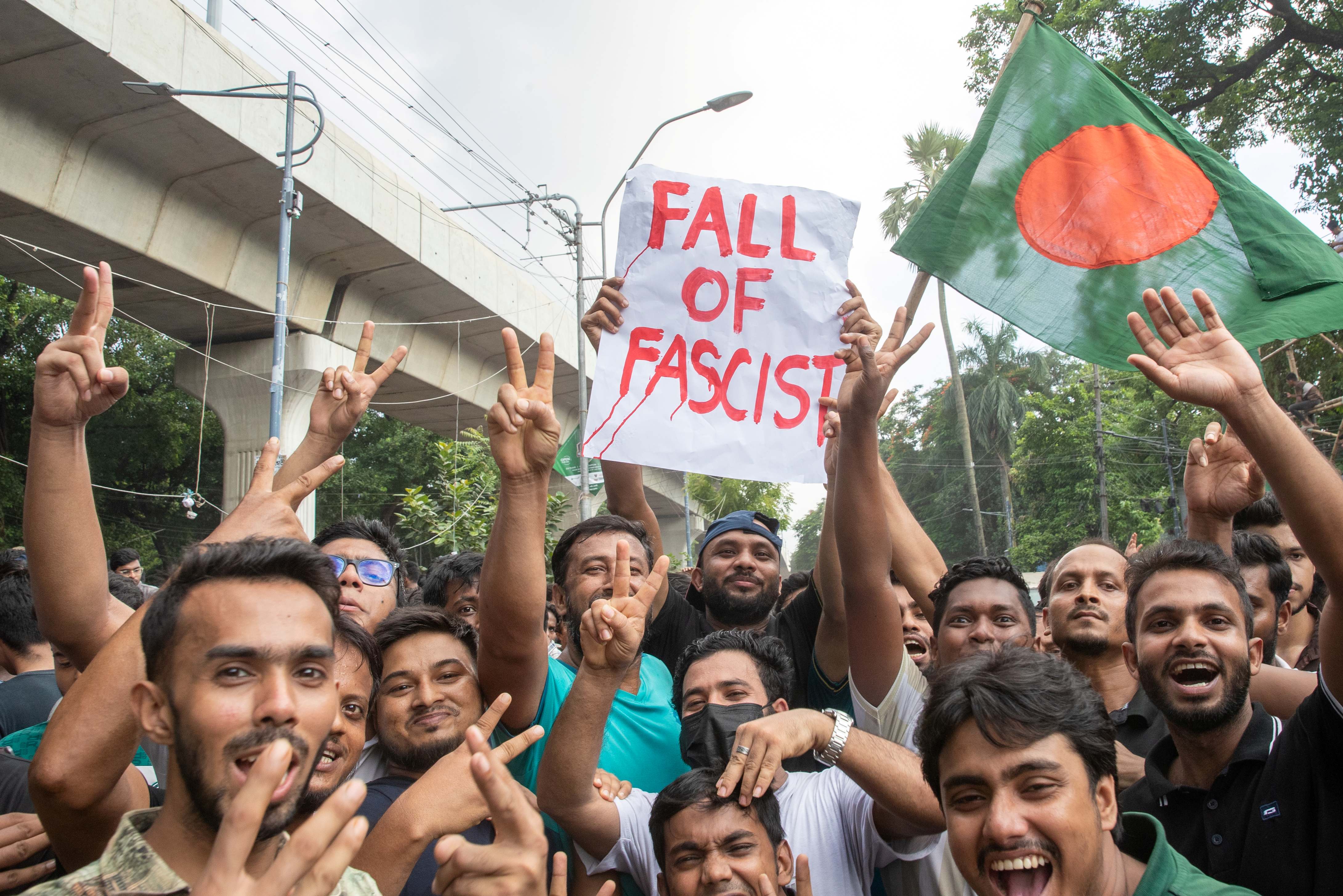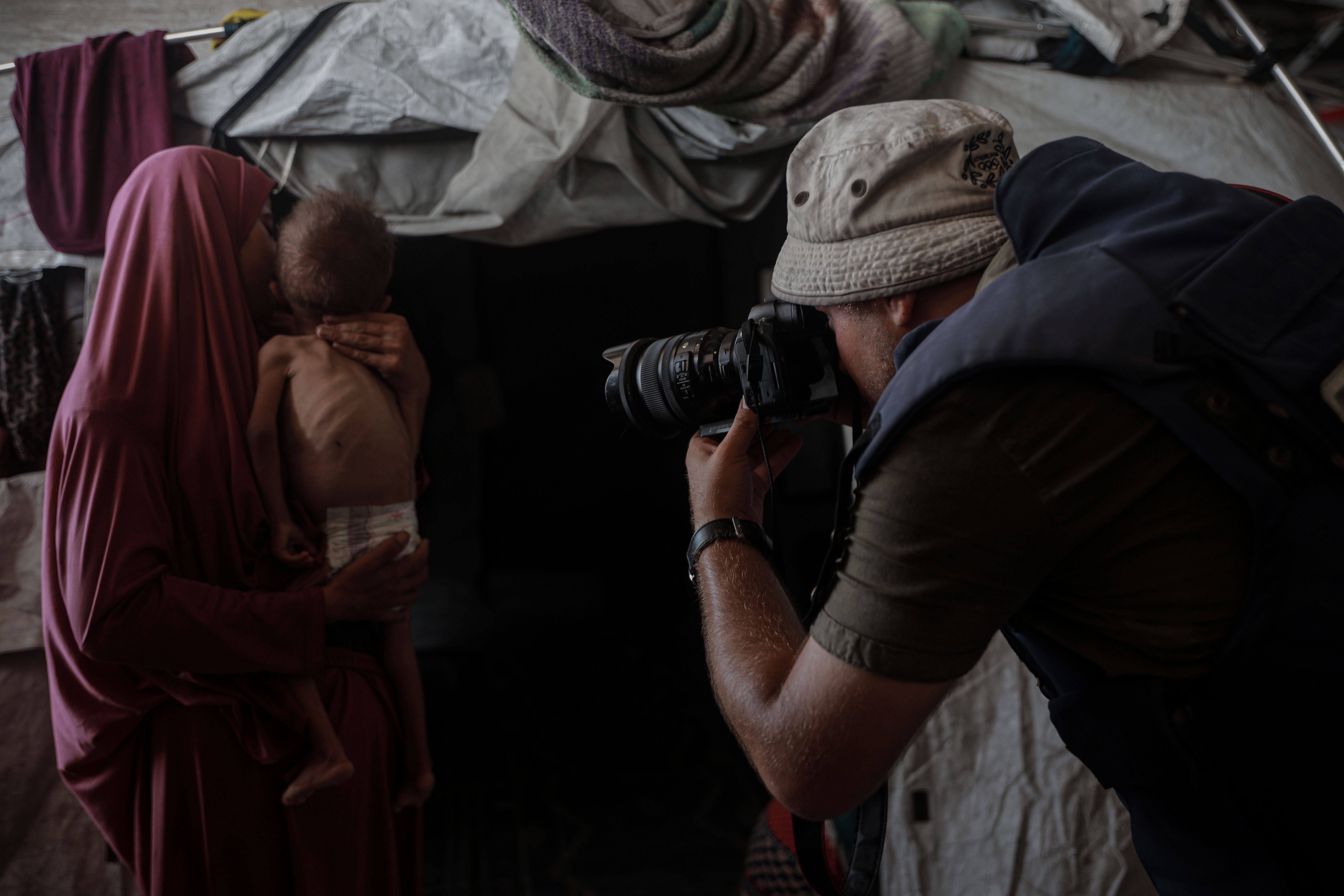اختتمت الدورة الرابعة والسبعون للجمعية العامة للأمم المتحدة أعمالها في نيويورك، حيث يجتمع قادة العالم كل عام في المقر الرئيسي للمنظمة الدولية من أجل النقاش وتمرير القرارات في أكبر القضايا التي تواجه الكوكب. ومن أكثر القضايا سخونة على أجندتهم للعام الجاري 2019، قضية التغير المناخي. لكن ماذا عن كل عام؟ ماذا كانت أهم القضايا التي واجهها العالم في العصر الحديث؟
من مثل هذه الأسئلة تحديدًا، يتولّد العمل على تقارير في صحافة البيانات، عبر الأسئلة التي تولد مزيدًا من الأسئلة والإجابات حتى تكتمل القصة الصحفية في النهاية.
في هذا التقرير، أردنا تحديد أكثر القضايا التي شغلت العالم في كل عام منذ بداية التصويت في الجمعية العامة للأمم المتحدة عام 1946، أي منذ تقرير قاعدة "دولة واحدة، صوت واحد" حتى اليوم. وأردنا منح قرائنا فرصة لمعرفة كيفية تصويت بلدانهم في القضايا المختلفة.
ولفعل هذا، حصلنا على قاعدة بيانات مفتوحة المصدر أعدتها جامعة هارفارد، تحتوي على 1.2 مليون صف من بيانات التصويت التاريخية. وهذه أشمل مجموعة بيانات عن الموضوع، وقد خضعت للتحليل والدراسة في عشرات الأوراق الأكاديمية وبرامج التدريب في علوم البيانات.
إذن، كيف سيختلف تحليلنا لهذه البيانات عما سبق؟ الإجابة بسيطة، ما يجعل التقرير الصحفي مختلفًا عن البحث الأكاديمي هو قدرته على خلق سردية تقوم على البيانات ورواية قصة تجذب اهتمام القراء.
تطلّب الأمر فريقًا من ستة أشخاص، ثلاثة منهم من فريق الجزيرة الإنجليزية وثلاثة من فريق الجزيرة العربية، واستغرقهم الأمر شهرًا لتحليل وتفسير وتجسيد القصة التي نشرناها على الموقع الإنجليزي (aljazeera.com) والموقع العربي (aljazeera.net)، وكذلك على منصات التواصل الاجتماعي المختلفة.

ولكي نشارك تجربتنا مع صحفيي البيانات الآخرين، نشرح في هذا التقرير المفصل خطوة بخطوة، الكيفية التي أعددنا بها التقرير:
الجزء الأول- وضع الأهداف التحريرية للمشروع
أحد أكثر الأسئلة شيوعًا بين الصحفيين هو "كيف أبدأ تقرير بيانات؟". بشكل عام، يتمثل الأمر في تحديد موضوع جدير بالعرض الإخباري ثم الحصول على البيانات المناسبة. أحيانًا تكون مجموعة البيانات هي العامل المتحكم في التقرير، وأحيانًا أخرى لا تلعب سوى دور مساعد. بغض النظر عن ذلك، يبدأ العمل على كل تقرير صحفي، بقائمة من الأهداف التحريرية التي تساعد على ضبط مسار التقرير.
أهداف مشروعنا:
سرد قصة مثيرة وتفاعلية عن أنماط التصويت في الأمم المتحدة على الجمهور العالمي.
تسليط الضوء على القصص المثيرة للاهتمام بناء على لحظات زمنية مرجعية قابلة للقياس.
إعداد تقرير صحفي قائم على البيانات يجذب اهتمام القراء على منصات التواصل الاجتماعي.
نشر التقرير باللغتين العربية والإنجليزية في آن واحد.
الجزء الثاني- طرح الأسئلة الصحيحة
إحدى أكثر الخطوات إثارة في التعامل مع قواعد البيانات الكبيرة هي اختبار زوايا مختلفة لاستنطاق البيانات والعمل معها. وكما ذكرنا سابقًا، يسمي الصحفيون هذه المرحلة "استجواب البيانات".
الأمر تمامًا كاستجواب البشر، بعض الأسئلة يسهل قياسها وإيجاد إجابات لها، وأخرى تكون أكثر تعقيدًا. تجولنا في المكتب وسألنا زملاءنا عما يريدون معرفته عن سجلات التصويت في الأمم المتحدة.
إليكم بعض الأسئلة المباشرة:
سؤال- كم عدد القرارات التي مرّرتها الجمعية العامة للأمم المتحدة؟
جواب- 6112
سؤال- كم عدد القرارات الخاصة بالصراع الفلسطيني الإسرائيلي؟
جواب- 1047، تقريبًا خُمس القرارات القائمة على التصويت الفردي في الأمم المتحدة.

سؤال- كم عدد القرارات التي مررتها الجمعية كل عقد؟
جواب- في الأربعينيات: 249 قرارًا، وفي الخمسينيات: 409 قرارات، وفي الستينيات: 505 قرارات، وفي السبعينيات: 984 قرارًا، وفي الثمانينيات: 1405 قرارات، وفي التسعينيات: 789 قرارًا، وفي العقد الأول من الألفية: 935 قرارًا، وفي العام 2010 وما بعده: 836 قرارًا.

سؤال- ما هي أكثر الدول تصويتًا بنعم وأكثر الدول التي امتنعت عن التصويت وأكثر الدول تصويتًا بلا، على مر التاريخ؟
جواب:
التصويت بـ"نعم": المكسيك (5240 مرة)، الفلبين (5200 مرة)، فنزويلا (5092 مرة).
الامتناع عن التصويت: فرنسا (1921 مرة)، المملكة المتحدة (1668 مرة)، بلجيكا (1655 مرة).
التصويت بـ "لا": الولايات المتحدة (3036 مرة)، إسرائيل (2177 مرة)، المملكة المتحدة (1681 مرة).
سؤال- كم عدد القرارات التي تضمنت كلمات "نساء" و"التغير المناخي" و"كشمير" و"الروهينغا" وغيرها؟
جواب- قد يبدو هذا سؤالا قياسيا سهلا، لكنه في الحقيقة ليس مباشرًا، فقاعدة البيانات لا تحتوي النصوص الكاملة للقرارات، بل تعريفا قصيرا وآخر طويلا لكل قرار. رغم أن هذه المعلومات قد تكون كاشفة، فإننا أحسسنا أن هذا النقص كان كافيًا لاستبعاد تحليل هذا السؤال من تقريرنا الصحفي. بالنظر إلى الكلمات المفتاحية وحدها (بمختلف صيغها، بالمفرد والجمع وبالحروف الكبيرة أو الصغيرة بالإنجليزية)، إليكم عدد المرات التي ذكرت فيها الكلمات التالية:
نساء: 42 مرة
التغير المناخي: مرة واحدة
(هناك 11 قرارا وردت فيه كلمة "مناخ"، اثنان منها يتحدثان عن "المناخ السياسي"، وأربعة عن "التأثيرات المناخية للحرب النووية"، وأحدها يتحدث عن المساعدات الطارئة بسبب "الكارثة المناخية"، والتقرير الأخير يتحدث عن "المناخ العالمي"). بغض النظر عن الرقم الدقيق، يبدو أن هذا الموضوع تعرض للتجاهل كثيرًا ويتطلب بحثًا أعمق.
كشمير: 0
الروهينغا: 0
بعض الأسئلة الأكثر تعقيدًا:
سؤال: هل أحدثت القرارات تغييرات محسوسة على الأرض؟
جواب: سؤال جيد لمحلل مختص بالعلاقات الدولية. بإمكان البيانات أن تجيب بدقة عن سؤاليْ ماذا ومتى، لكنها تعجز عن سؤاليْ لماذا وكيف.
سؤال: كيف صوتت الدول الأعضاء في مجلس الأمن التابع للأمم المتحدة؟
جواب: سؤال جيد أيضا، ربما يصلح أساسًا لمشروع تقرير مستقبلي.

سؤال: هل تصوت الكتل الإقليمية المختلفة على شاكلة واحدة؟
الإجابة: أجل، يظهر تحليلنا للبيانات أن دول أفريقيا وأميركا اللاتينية تميل إلى التصويت بنعم، بينما تميل الولايات المتحدة وإسرائيل وأوروبا أكثر إلى التصويت بلا.
سؤال: كيف تغيرت قضية "نزع السلاح النووي" مع مرور الوقت؟
جواب: أعددنا رسمًا متحركا للإجابة على هذا السؤال.
لمعرفة تصنيف القضايا في كل عام، الرسم الكامل في: https://aljazeera.com/unga
سؤال: ما هي بعض أكثر اللحظات أهمية في تاريخ الجمعية العامة للأمم المتحدة؟
جواب: جمعنا سلسلة من معارض الصور التي تبرز بعض هذه اللحظات المصيرية في تاريخ الجمعية العامة.
الجزء الثالث- إعداد القصة الصحفية
إعداد القصة الصحفية هي عملية تحقيق أهدافك التحريرية باستخدام أنسب التقنيات السردية. في هذه المرحلة تتحول الأفكار المجردة إلى مخرجات محسوسة. ومع قائمة الأفكار الكثيرة التي لدينا، بدأنا تقسيمها إلى أقسام رئيسية وأخرى فرعية وعناصر تصويرية. وعلى غرار إعداد أي قصة أخرى، تكون هذه المرحلة تكرارية.
الصورة العامة:
ابدأ بالمحتوى الأقوى لديك.. في قصتنا، حجزنا الشاشة الافتتاحية "للصورة العامة" التي أعددناها على شكل صورة متحركة.
صورة متحركة عن كيفية تصويت كل أعضاء الأمم المتحدة في المواضيع المختلفة بين عامي 1946 و2018.
ما يجب معرفته عن الأمم المتحدة:
أعددنا هذا القسم لعرض أي معلومات مسبقة يجب على قرائنا معرفتها لفهم الجمعية العامة للأمم المتحدة والقواعد التي تنظم عملها. وبينما تُعدّ بعض الحقائق مثل مكان انعقاد الجمعية العامة (نيويورك) معروفة للجميع، عرضنا بعض المصطلحات الأخرى الأقل شهرة مثل القرارات الملزمة وغير الملزمة، بطريقة جذابة في شريط صور دوار.
مواضيع النقاش:
شملت نقاشات الجمعية العامة للأمم المتحدة طيفًا واسعًا من المواضيع. ولتسهيل التحليل، قسمت قاعدة البيانات القرارات إلى ست فئات: الصراع الفلسطيني الإسرائيلي، الأسلحة النووية، الحد من التسلح، حقوق الإنسان، الكولونيالية والنمو الاقتصادي، مع ملاحظة أن بعض القرارات تندرج تحت عدة فئات.
ولتصوير أكثر المواضيع ورودًا استخدمنا أداة مجانية لتصوير البيانات للغرف الإخبارية مدعومة من "مختبر غوغل للأخبار" تسمى "فلوريش ستوديو" (flourish.studio).
خلاصات العقود:
كانت مقاربتنا في هذا القسم هي سرد قصة الجمعية العامة للأمم المتحدة مع تسليط الضوء على أهم القضايا التي شغلت العالم في كل عقد، وكيف تطورت هذه القضايا مع مرور الوقت.
لم يكن تنقيح 73 سنة من القرارات لتحديد أهم القضايا، مهمة سهلة. ولتيسير البحث، ركزنا تركيزًا خاصًا على القرارات والقضايا في كل من الفئات الست الأساسية.
على سبيل المثال، أظهر التحليل الكيفي لقاعدة البيانات أن عدد القرارات الخاصة بالاستعمار فاق كثيرًا عدد القرارات الخاصة بالتنمية الاقتصادية. وحتى داخل كل فئة، شهدت صراعات وقضايا معينة تركيزًا ونقاشًا يفوق غيرها من القضايا، مثل نظام الفصل العنصري في جنوب أفريقيا.
الجزء الرابع- تجسيد البيانات والوجوه البشرية
مع وجود 6112 قرارا وقرابة 200 دولة، كنا بحاجة إلى طريقة نختزل بها 1.2 مليون سجل بيانات بطريقة يسهل فهمها واستكشافها من قبل القراء.
بعد عدة تصاميم، استقر رأينا على خريطة حرارية مرمزة بالألوان.
يجب ألا تقتصر "تقارير البيانات" على الخرائط والرسوم البيانية. ولخلق تواصل مع القراء وزيادة تفاعلهم، ساعدنا محررو الصور شوكت شافي وسورين فوركوي في اختيار مجموعة من الصور الأيقونية التي تمثل كل عقد.
كما صممنا اختبارًا عن أشهر الخطابات لنختبر معرفة الجمهور بقادة الدول الحاليين والسابقين، ونثير اهتمامهم أكثر بتاريخ الجمعية العام للأمم المتحدة.
في نهاية التقرير طرحنا سؤالا مفتوحا على الجمهور:
"ما أهم قضية تواجه العالم اليوم باعتقادك؟"
الجزء الخامس- الاعتبارات الفنية والتقنية
نؤمن إيمانا راسخا بأن التكنولوجيا يجب ألا تمثل عائقًا أمام قراءة التقرير، وهذه ليست مهمة سهلة حين يتعلق الأمر بتصميم مجسدات بيانية لشاشات الهواتف المحمولة.
قواعد التطوير الأساسية التي انتهجناها في عملنا:
1- إذا لم تكن مناسبة للعرض على الهواتف المحمولة، فهي غير مناسبة!
هذا مبدأ جميل، لكن تطبيقه ليس سهلا، فهناك الكثير من مجسدات البيانات التي تعمل بكفاءة عالية على أجهزة الحاسوب، لكنها لا تعمل على الهواتف المحمولة. اختيار إطار العمل التكنولوجي مهم جدًّا في هذا الصدد. وجدنا أن استخدام أداتيْ "رياكت" (React) و"بوتستراب" (Bootstrap) سرّع كثيرًا عملية التطوير والاختبار. بالإضافة إلى أن أداة "رياكت" بها الكثير من العناصر القابلة لإعادة الاستخدام، وهو ما أفادنا كثيرًا في عملنا.
2- سرعة الأداء عامل حاسم
لا أحد يود الانتظار طويلا حتى تفتح صفة التقرير، فمجسدات البيانات التفاعلية تحديدًا تستهلك الكثير من إمكانيات الحوسبة في أجهزة المستخدمين. اعتمدت طريقتنا في حل هذه المشكلة على مبدأ "التحميل الكسول"، ويقضي بعدم تحميل المجسدات البيانية إلا حين يصل إليها المستخدم، وطبقنا هذا المبدأ باستخدام نقاط التوقف (waypoints) في أداة "رياكت".
العقبة الأساسية التي واجهتنا في مسألة الأداء هي كيفية عرض قرابة 30 ألف صندوق اختيار تمثل التاريخ التصويتي لكل دول خلال ثمانية عقود.
وللتغلب على هذه المعضلة لجأنا إلى "نيفو روكس" (Nivo.rocks) وهو تطبيق "رياكت" لمكتبات "دي3.جي.أس" (D3.js). وباستخدام تقنية "كانفاس رنديرينغ" (canvas rendering) بدلا من "أس.في.جي" (SVG)، تمكنا من استخدام ميزة تسريع معالج الرسوميات لتحسين الأداء بشكل كبير.
3- لا تخفِ أفضل المعلومات لديك
أخيرًا، كان لدينا الكثير من المعلومات التي أردنا تسليط الضوء عليها في كل صورة أو رسم بياني. كان التحدي المتمثل أمامنا هو عرض أهم المعلومات مع الحفاظ على قدرة المستخدم على استكشاف المعلومات المتعلقة بكل دولة على حدة في المجسد البياني.
جربنا طرقًا عدة منها "رياكت جويرايد" (React Joyride)، ونصوص "أس.في.جي" المرسومة، وجربنا إضافة علامات على جانب الرسم. كانت لكل طريقة من هذه الطرق عيوبها في الاستخدام، لذا قررنا في النهاية استخدام زر تبديل بين نمط المعلومات الأساسية ونمط الاستكشاف. ولتطبيق خاصية الاستكشاف في الهواتف المحمولة، منحنا المستخدمين القدرة على الضغط على صناديق اختيار صغيرة جدًا لمعرفة المزيد من المعلومات عن بلدانهم.
ستسعدنا معرفة حلول أكثر أناقة لهذه المشكلة.
التحليل باستخدام لغة "آر"
كل عمليات التحليل والمعالجة المسبقة تمت باستخدام لغة "آر" (R)، وصدرت باستخدام بروتوكول "جي.سون" (JSON). وسننشر قريبًا كتيبا مرفقا به كل النصوص البرمجية الخاصة بالتقرير.
الجزء السادس- التعليقات والتغذية الراجعة
ومع ختام أعمال الجمعية العامة للأمم المتحدة عام 2019، نحن مهتمون أيضا بمتابعة أهم المواضيع التي شغلت اهتمام العالم.
تسعدنا معرفة آرائكم بشأن هذا المشروع. إذا أردت قراءة نسخة مكثفة من التقرير، اطلع على قصة إنستغرام التي أعدتها نادين شايف وكونستانتينيوس أنوتوبولوس، وعلى تغريدات تويتر التي أعدها جهاد قناوي ونور الطارق وآدم علي، وكذلك تغطيتنا للتقرير على فيسبوك التي أعدتها آية المالك وعائشة علي أوغلو.
مراجع:
https://www.aljazeera.net/how-has-my-country-voted-at-unga-ar
instagram.com/aljazeeraenglish
